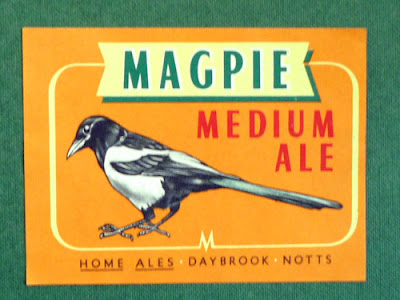All that changed in the 1880s, when breweries started converting to public limited companies. Once a couple of launches had been higly successful, everyone rushed to get in on the act. With good reason: it was a great way of raising massive amounts of capital. Which, as we'll see later, breweries had an urgent need of.
"BREWERY COMPANIES.
THE most remarkable feature of the past three or four years, so far as the liquor trade 15 concerned, has undoubtedly been the wholesale transformation of private brewery concerns into public joint stock companies. Previous to 1885 the number of joint stock breweries might have been almost counted on the fingers, and the total amount of their combined capital did not reach seven million sterling. In 1886 share capital in home breweries to the amount of £7,719,200 was offered to the public, in 1887 £9,986,726, in 1888 no less than £13,486,000 in home and £1,870,000 in foreign concerns. A very conclusive proof of the profitable nature of the trade is furnished by the fact that most of the largest brewers, including Messrs. Bass, Truman, Combe, Courage, Meux, Reid, Watney, and Whitbread, have retained all the ordinary share capital in their own hands, and only offered debentures or preference shares to outsiders. Where the public have had a chance of participating some of the chief prizes for the past year have been among the metropolitan companies. The New Westminster have paid 8 per cent.; Smith Garrett, 9 per cent.; Nalder and Collyer, 10 per cent.; Lion, 12 per cent.; and City of London, 15 per cent. The premier place of all, how ever, must be accorded to the great Dublin firm of Guinness, who although it has declared only 15 per cent. has earned 30, carrying the difference over to a reserve fund, which now amounts to the substantial total of £400,000. Altogether brewery investors, who are now said to number 50,000, have every reason to be satisfied. Beer shows a great elasticity, and no doubt there is still room for considerable expansion. According to the last report of the Commissioners of Inland Revenue duty was paid on 408,347 barrels in excess of the previous year.
The market for brewery shares has been neglected for some time. While home railways and other stocks have boomed and touched the highest prices on record, beers, stouts, and lager beers have been resting. Even Guinness shares are 10 below the best figures touched this year, and most of the others are down in sympathy. Allsopp’s have slipped down from 93.125, to 78.75, and now stand at about 80. Bass, Bristol, Manchester, and others are all lower on balance, while lager beers have, in the majority of cases, been entirely neglected. The entire market has been in a state of repose for some time, and prices have dropped for want of support."
"The Brewers' Guardian 1889", 1889, page 372.
As the article states, in most cases the partners kept hold of the ordinary shares (the ones with voting rights) and only sold not-voting debentures or preference shares to the public. Typically, the capital was split 50-50 between the two. Meaning the partners got 50% of the value of the company in cash, but kept full control. This sudden influx of cash was to have a huge impact on the brewing trade.
Because it happened at exactly the moment when, due to stricter licensing laws, new pub licences were becoming almost unobtainable. The 1869 Licensing Act placed beer houses under the control of local licensing magistrates for the first time. Previously these had been handled by the Excise directly and licenses were granted automatically if a few basic conditions were met. Licensing magistrates wer mostly a miserable bunch, who saw it as their duty to reduce the number of pubs.
The result? The new limited companies used the capital raised to buy pubs, seeing that as the most reliable way of securing trade. The price of pubs rocketed and those who remained privately owned and didn't have much capital saw their outlets drying up. Even the mighty Alssopp, the UK's third-largest brewer, which was late going public and getting into the tied house game, came unstuck.
The boom years of the late 1880s and 1890s - when almost all brewers saw their trade increasing and their profits high - werent't to last. A series of tax increases in the early 20th century severly hit the trade, particularly the value of tied houses. As this formed a considerbale part of most breweries assets, many found themselves over-capitalised and had to mark down the value of their share capital. Often to just 10% of its nominal value.



















































.jpg)
























No comments:
Post a Comment